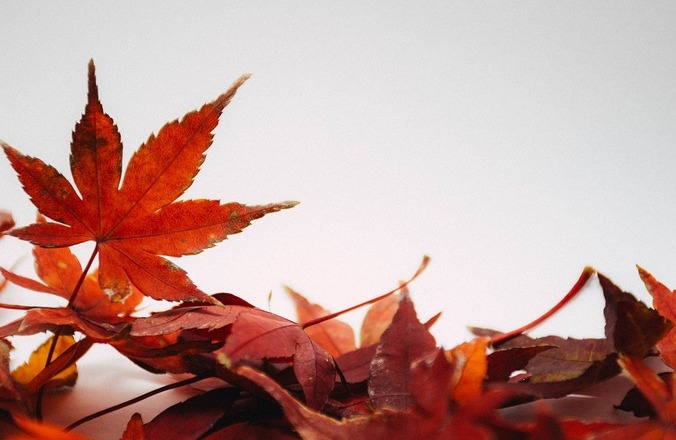How Leaves Change Color
The changing colors of leaves in the fall are a testament to the intricate interplay of pigments, environmental cues, and nature’s response to the changing seasons. It’s a breathtaking display of both art and science, reminding us of the beauty and wonder found in the natural world’s ever-changing canvas. So, when you admire the vibrant hues of autumn leaves, you can appreciate the intricate processes that make this annual transformation possible.
At the heart of this magical transformation lies a remarkable process known as photosynthesis. During the spring and summer months, leaves are hard at work, soaking up sunlight and converting it into energy through photosynthesis. They use their green pigment, chlorophyll, to capture sunlight, which fuels the production of sugars and other essential nutrients for the tree.
However, as the days grow shorter and the temperatures drop in autumn, the tree senses these changes and begins to prepare for the winter months. To conserve energy, the tree gradually shuts down its food production process, leading to a decrease in the production of chlorophyll. As chlorophyll levels drop, the other pigments that have always been present in the leaves become more visible.
The Hidden Colors
The colors hidden within the leaves become visible as chlorophyll diminishes. These pigments include carotenoids and anthocyanins. Carotenoids are responsible for the beautiful yellow and orange hues, and they are present in the leaf throughout the growing season. On the other hand, anthocyanins, which create those striking red and purple colors, are only produced under specific conditions in the fall. These conditions typically involve a combination of sunlight, low temperatures, and the presence of certain chemicals in the leaf.
Each tree species has its unique combination of pigments, giving us the spectacular diversity of autumn foliage. For instance, the maple tree is famous for its brilliant red leaves, while the oak tree tends to turn a rich russet brown.




